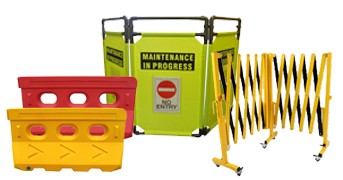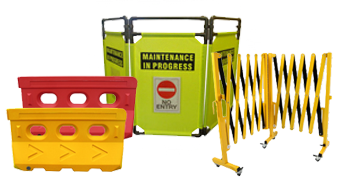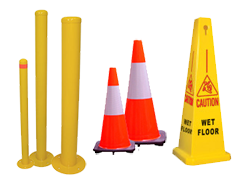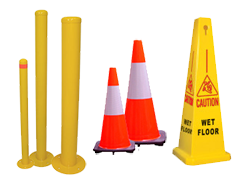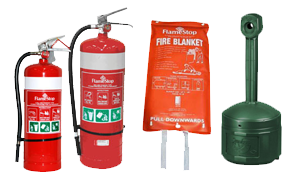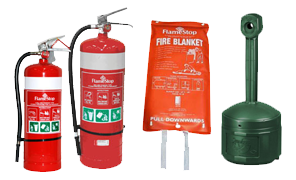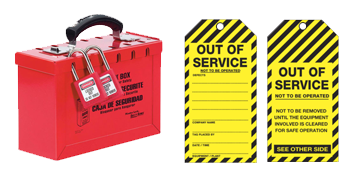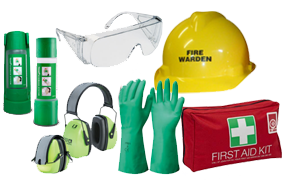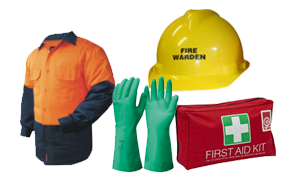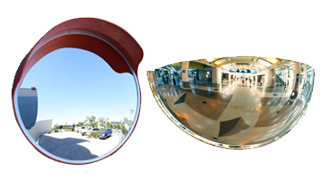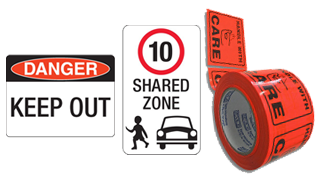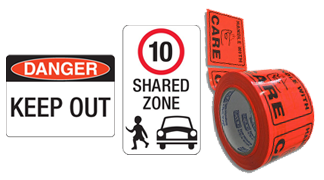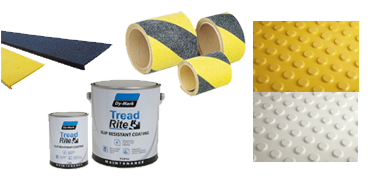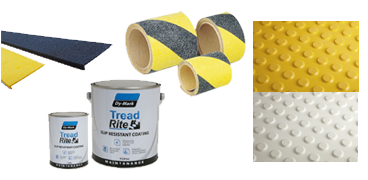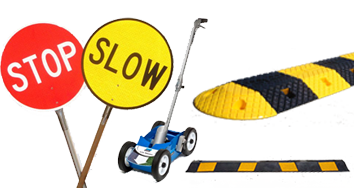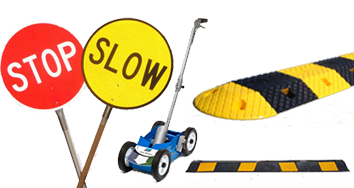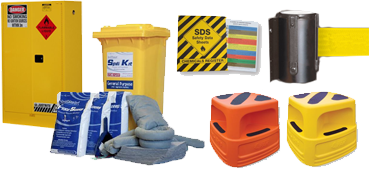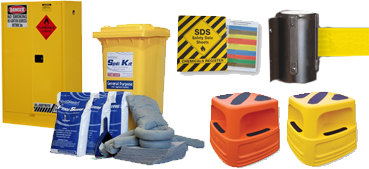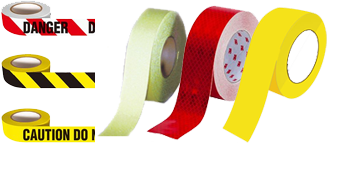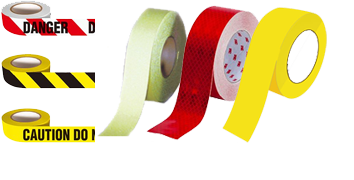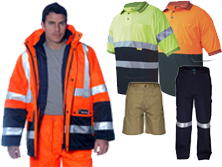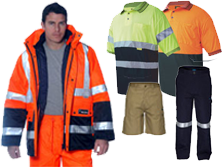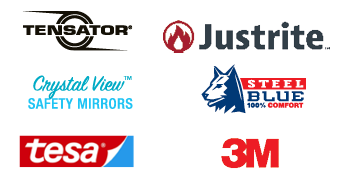Industrial lift tables are valuable equipment pieces in today’s workshops, factories, assembly plants and warehouses. Lift tables greatly increase worker productivity while significantly reducing employee injuries. Using scissor-lift work tables is a win-win for every company, and using a lift table safely is a definite key to that success.
Lift table safety is a serious issue. Correctly used, lift tables decrease injuries associated with muscular-skeletal disorders (MSDs). These are the most common injury form in the Australian warehousing and storage sector.
The Australian Bureau of Statistics (ABS) reports that over 300,000 people work in this industry. Warehousing and storage also account for an abnormally high rate of workplace injuries, with 5.1 percent of employees suffering some form of on-the-job injury each year.
Further ABS statistics state that 31 percent of injuries suffered by Australian freight, stock, and material movers were MSD complications. Most of the 56,910 recorded debilitations were due to strains and sprains caused by overexertion during workplace lifting activities. Without a doubt, many of these painful injuries could have been prevented by the safe usage of lift tables.
Industrial lift tables allow workers to handle material in the power zone. That’s the area between a person’s shoulders and knees where they can avoid exerting themselves through unnecessary bending or reaching. In a joint paper between the U.S. Department of Labor’s Occupational Safety and Health Administration (OSHA) and the National Institute of Occupational Safety and Health (NIOSH) titled Ergonomic Guidelines for Manual Material Handling, these leading authorities identified the power zone as critical to proper ergonomic performance and safety.
- All lifting acivities should stay within the "power zone" which is located above the hips and below the shoulders.
- Use lift tables and safety steps to make sure that employees are not bending over too much or reaching above shoulder height.
- Lifting should also occure close to the body. Reaching too far out can also be a cause for muscle and back strains.
Manual handling exposes workers to specific injury risks. When safety experts talk about the power zone, they also include what they call the handshake zone. This is the area of reach where overextension results in injuries to the shoulders, back, arms, hands and other body parts. MSDs caused by overexertion result in damage to muscles, ligaments, tendons, blood vessels and nerves.
Many of these time-loss injuries can be mitigated through ergonomic risk management. This involves analyzing and minimizing worker safety risks from repetitive tasks where repeated actions over long periods cause fatigue and injury. Ergonomic risk mitigation examines and reduces these primary factors leading to MSD injuries:
- Awkward postures: Improper bending and twisting motions contribute to bodily strain. Any posture that exceeds the handshake zone or power zone limitations is risky. Lift tables help remove the risk of working in awkward positions.
- Repetitive motions: Constant repetition of material handling motions is another key contributor to safety risk. Repetitive motions are best mitigated through mechanization. Material handling equipment like lift tables is an excellent solution to minimizing repetitive bending motions.
- Forceful exertions: Another dangerous safety risk comes through forceful exertions. Going beyond the handshake or power zone is a leading MSD cause. Using lift tables to bring materials within a worker’s comfortable power and handshake zone reduces MSD injury risk.
- Pressure points: Manual material handling often exposes workers to pressure point risks. These dangers are also called pinch points where workers’ hands and feet become caught between parts or loads. Lift tables bring loads up to a worker’s safe position and eliminate unnecessary risk from pressure point injury.
- Static postures: Maintaining a fixed position or static posture over a prolonged period also presents MSD injury risk. While this is the opposite of overextension, static postures are a real threat to worker safety. Using lift tables allows a worker to be flexible while still avoiding the other main ergonomic risks associated with material handling.

